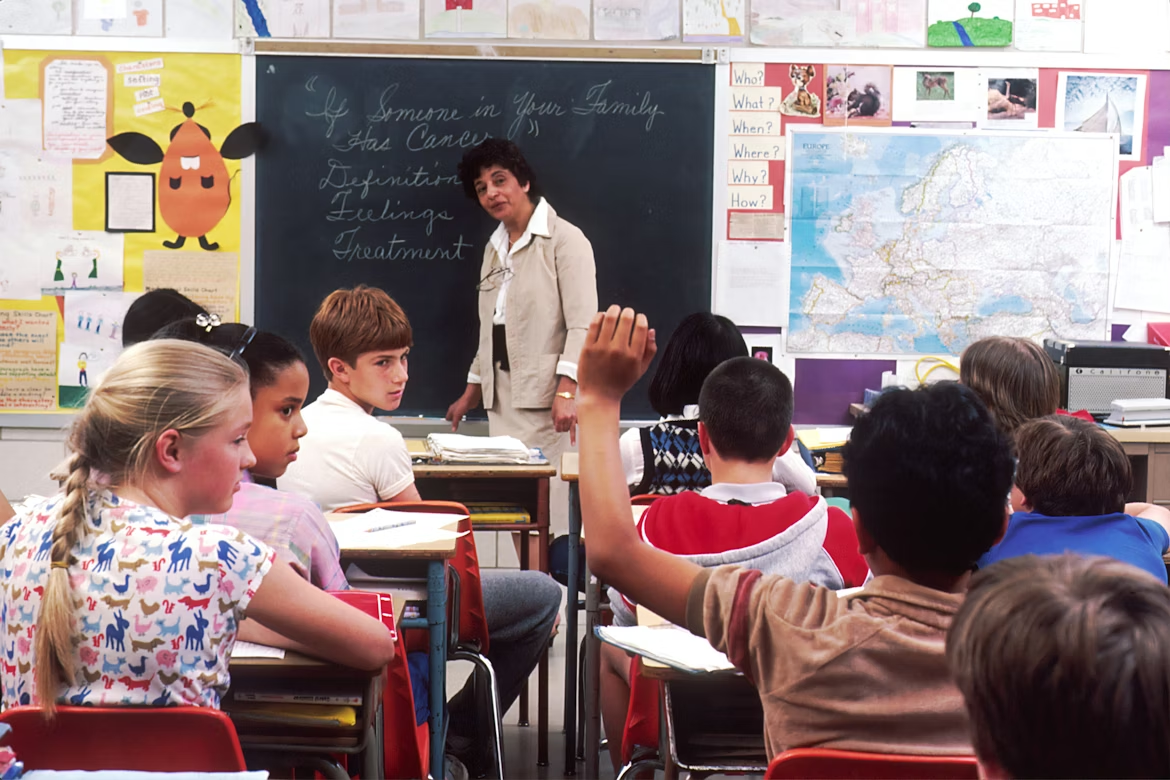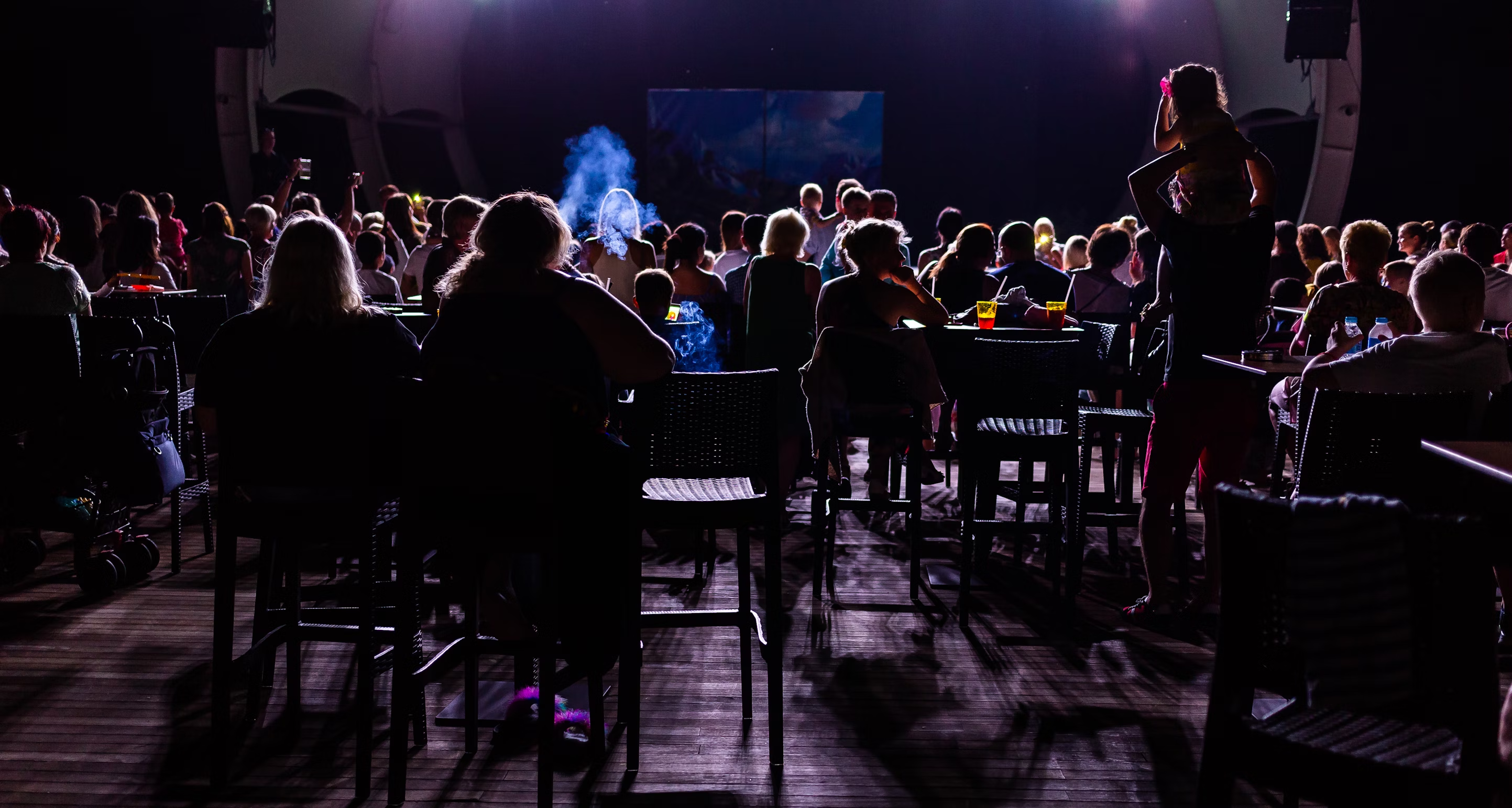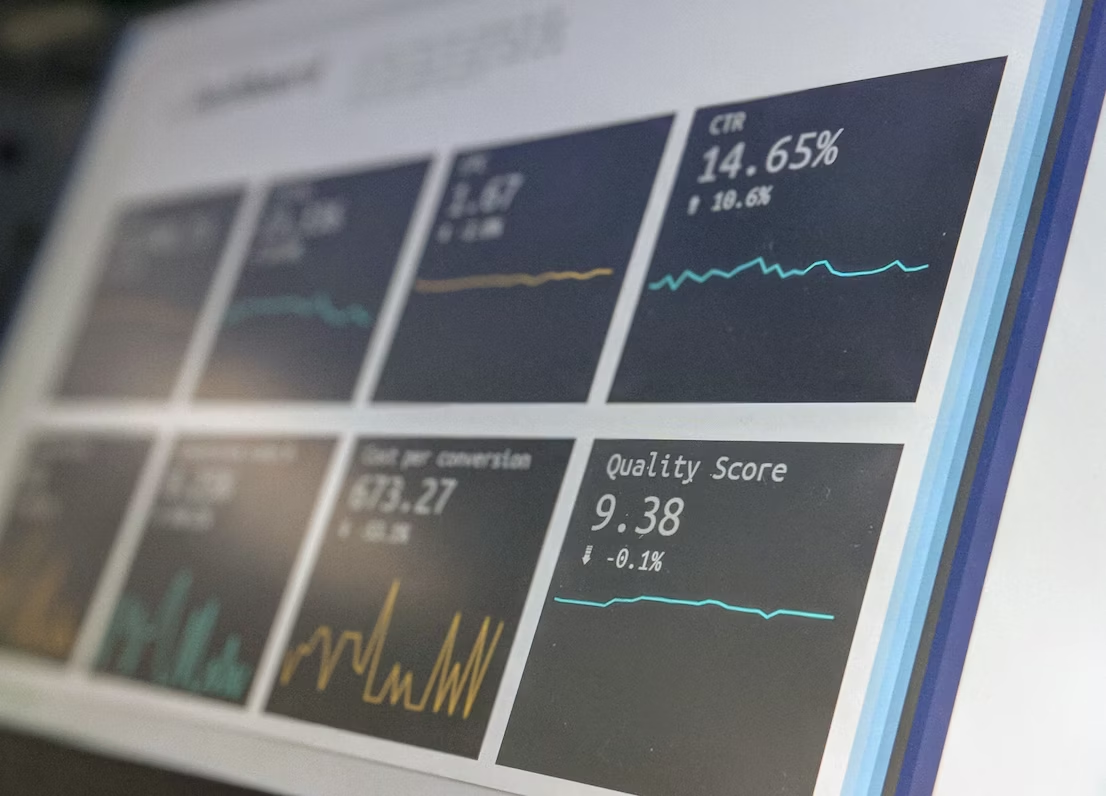The Touring Theatre Landscape
The touring theatre industry has experienced a significant resurgence in recent years. Touring productions have become a vital component of the theatre ecosystem, not only providing entertainment but also generating substantial economic impact for the cities and venues they visit. From the ever-popular musicals like "The Lion King" and "Wicked," which have grossed billions of dollars worldwide, to innovative plays and immersive experiences, the touring circuit has something for every theatre enthusiast.
Challenges of the Road
Touring productions face a multitude of challenges, from the logistical complexities of coordinating travel and accommodations to the financial strain of mounting a show on the road. One of the biggest hurdles is the substantial travel costs involved, including transportation, housing, and per diems for the entire company. As noted in a Critical Muse article, financial restrictions have become increasingly prevalent in recent years, leading to desperate measures and compromises.
Another significant challenge is venue availability, as touring companies must navigate the intricate scheduling of theaters across multiple cities or countries. Securing desirable performance spaces and aligning with local presenters' programming can be a complex puzzle. Additionally, maintaining artistic integrity while adapting to different venues and technical setups is a constant balancing act.
Another issue could be the language. But for that, Captitles is the best tool for theatre captioning - and is available at reasonable price. Captitles can detect spoken word on the stage and switch surtitles automatically using AI.
Read this guide if you'd like to learn more about the best practices for creating theatre subtitles.
The Rise of Immersive Experiences
The world of theatre is witnessing a remarkable shift towards immersive experiences, reshaping the traditional touring model. Immersive theatre productions are breaking free from the confines of conventional stages, allowing audiences to become active participants in the narrative. This innovative approach not only enhances audience engagement but also opens up new possibilities for site-specific and interactive performances.
One of the pioneering examples of immersive theatre is "Sleep No More" by Punchdrunk, a site-specific retelling of Shakespeare's "Macbeth" that unfolds across multiple floors and rooms of a fictional hotel . Audience members are encouraged to explore the space, following characters and piecing together the story at their own pace, creating a unique and personalized experience for each individual.
The rise of immersive experiences is reshaping the touring model, allowing productions to adapt to different venues and spaces, rather than being confined to traditional theatre settings. This flexibility enables companies to transform unconventional locations, such as abandoned buildings, warehouses, or even outdoor spaces, into captivating performance environments .
Moreover, immersive experiences foster a deeper connection between performers and audiences, blurring the lines between reality and fiction. Audiences become active participants, engaging with the story and characters in a more visceral and intimate way, creating a sense of shared ownership and investment in the performance.
Embracing Technology
The touring theatre landscape is rapidly evolving, and embracing technology has become a crucial aspect of enhancing productions and captivating audiences. Projection mapping, a technique that transforms surfaces into dynamic displays, is revolutionizing set designs. By projecting visuals onto unconventional surfaces, such as buildings or sculptures, productions can create immersive and visually stunning environments that transport audiences to different realms. One notable example is the Broadway production of "The Lehman Trilogy," which utilized projection mapping to create a rotating glass cube that served as a versatile backdrop, seamlessly transitioning between scenes.
Augmented reality (AR) and virtual reality (VR) technologies are also making their mark in touring productions. AR can enhance live performances by overlaying digital elements onto the physical stage, creating captivating visual effects. VR, on the other hand, offers the potential for audiences to experience performances from unique perspectives, blurring the lines between reality and fiction.
Live streaming and on-demand video platforms have also gained prominence, allowing touring productions to reach global audiences and generate additional revenue streams. Companies like BroadwayHD and National Theatre Live have pioneered this approach, enabling theatre enthusiasts worldwide to access high-quality productions without the constraints of physical location.
Furthermore, emerging technologies like Emerging Theater Technologies at Citrus College are equipping the next generation of theatre professionals with the skills to navigate and leverage these cutting-edge tools, ensuring that touring productions remain at the forefront of innovation and captivating storytelling.
Sustainable Touring Practices
The environmental impact of touring theatre productions cannot be overlooked. With extensive travel and resource consumption, traditional touring practices contribute significantly to carbon emissions and ecological degradation. However, the industry is embracing sustainable initiatives to mitigate these effects.
One approach is the use of sustainable materials and practices in set design, construction, and operations. The Theatre Green Book provides guidelines for touring companies to reduce waste, conserve energy, and minimize their environmental footprint. Additionally, organizations like Arts on Tour promote "green touring" by featuring case studies and best practices for lower-emission touring.
Optimizing travel routes and utilizing efficient transportation methods can also significantly reduce emissions. Partnerships between touring companies and venues can facilitate resource sharing, such as freight consolidation and storage facilities, further minimizing the carbon footprint.
Carbon offsetting programs, where companies invest in renewable energy projects or reforestation efforts to counterbalance their emissions, are becoming increasingly popular. The Broadway Green Alliance has implemented a "Green Captain" program to support sustainable production practices, including offsetting emissions from touring shows.
As environmental concerns grow, sustainable touring practices will become increasingly crucial for theatre companies to maintain their social and ethical responsibilities while continuing to bring live performances to audiences worldwide.
Audience Engagement Strategies
Engaging audiences beyond the traditional performance is crucial for the future of touring theatre productions. Interactive talkbacks, where the audience can engage with the creative team and cast after a show, foster a deeper connection and understanding of the work. Behind-the-scenes tours offer a unique glimpse into the world of theatre, allowing audiences to appreciate the artistry and effort involved in bringing a production to life.
Social media campaigns have emerged as a powerful tool for audience engagement. Theatre companies can leverage platforms like Instagram and TikTok to share behind-the-scenes glimpses, conduct Q&A sessions, and create interactive challenges that encourage audience participation.
Immersive theatre experiences, where the audience is integrated into the performance, have gained popularity in recent years. These experiences blur the line between performer and spectator, creating a sense of shared ownership and fostering a deeper emotional connection with the work.
The Rise of Touring Musicals
The landscape of touring theatre productions has seen a significant surge in the popularity of musicals in recent years. As evidenced by data from The Broadway League, musicals have become a driving force in the touring industry, often outperforming their Broadway counterparts in terms of revenue and audience reach.
This rise can be attributed to several factors, including the broader appeal of musicals to diverse audiences and their ability to captivate and entertain on a grand scale. Touring musicals often feature larger-than-life productions, with elaborate sets, costumes, and choreography, making them a spectacle that draws audiences from far and wide.
However, the success of touring musicals also presents unique challenges. These productions require significant financial investment and logistical coordination to transport and set up in multiple venues. Additionally, maintaining consistency in performance quality and adhering to union regulations can be complex when touring across different cities and regions.
Despite these challenges, the opportunities presented by touring musicals are vast. They have the potential to introduce the magic of live theatre to new audiences, particularly in areas where access to Broadway productions may be limited. Furthermore, successful tours can generate substantial revenue streams, allowing for continued investment in the creation and development of new musicals.
International Touring Opportunities
The globalization of theatre has opened up new frontiers for touring productions. Major musicals like "Mamma Mia!" and "Les Misérables" have embarked on international arena tours, captivating audiences worldwide. Similarly, hit shows like "Six" and "Moulin Rouge! The Musical" have taken their bows on London's West End.
Navigating cultural differences is a crucial aspect of international touring. Productions must adapt to local sensibilities, customs, and languages, ensuring their storytelling resonates across diverse audiences. Successful international tours often involve collaborations with local artists, directors, and creative teams, fostering a cultural exchange that enriches the theatrical experience.
Logistical challenges, such as transportation, venue availability, and local regulations, can pose significant hurdles for international tours. Companies like Theatre Tours International specialize in navigating these complexities, ensuring smooth operations and seamless transitions between countries and venues.
Ultimately, international touring presents a unique opportunity for theatre to transcend borders and unite audiences through shared stories and experiences. As the world becomes increasingly interconnected, the demand for global cultural exchange through theatre is likely to grow, fostering cross-cultural understanding and appreciation for the art form.
Interpersonal dynamics within the touring company can also pose challenges, as outlined in a Theatre Art Life article. The close quarters and intense schedule of touring can strain relationships and lead to burnout, making it crucial to foster a supportive and collaborative environment among cast and crew members.
Partnerships and Collaborations
In the ever-evolving landscape of touring theatre productions, partnerships and collaborations have emerged as a vital component for success. By joining forces with other theatre companies, venues, and organizations, productions can leverage shared resources, expand their reach, and tap into new audiences.
One prominent example of such partnerships is the Theatre Nation Partnerships, a collaborative network of arts organizations aiming to strengthen relationships with local audiences, schools, and communities. This initiative facilitates the touring of productions, enabling them to connect with diverse audiences across the nation.
Similarly, companies like Mike Wiley Productions have forged partnerships with various organizations, allowing them to become one of the most popular African-American theatre companies in the Southeast. These collaborations not only provide financial support but also open doors to new venues and audiences.
Partnerships can take many forms, from co-productions to venue-sharing agreements, and even cross-border collaborations. Crossroads Live, for instance, is a global theatre producer with production offices in North America, the UK, and Australia, leveraging its network of partnerships to facilitate international touring opportunities.
By pooling resources, sharing expertise, and combining marketing efforts, these partnerships enable touring productions to reach new heights, offering audiences a diverse range of theatrical experiences while fostering a sense of community and cultural exchange.
The Future of Touring Theatre Marketing
The future of marketing for touring theatre productions lies in embracing innovative digital strategies and leveraging data-driven insights. Social media platforms have become indispensable tools for building buzz, engaging audiences, and reaching new demographics. Partnering with influencers and content creators can help productions tap into niche communities and cultivate a dedicated following.
Data analytics will play a crucial role in understanding audience preferences, tailoring marketing campaigns, and optimizing ad spend. By analyzing data on ticket sales, demographics, and online engagement, productions can develop targeted marketing strategies and personalized outreach efforts. Additionally, content marketing through blogs, videos, and behind-the-scenes glimpses can foster deeper connections with audiences and create a sense of anticipation for the live experience.
As the theatre world continues to evolve, successful touring productions will be those that seamlessly blend traditional marketing techniques with cutting-edge digital strategies, continuously adapting to emerging trends and leveraging the power of data-driven insights.
Emerging Artists and Touring Opportunities
Touring productions offer a unique set of challenges and opportunities for emerging artists and smaller theatre companies. While the prospect of taking a show on the road can be daunting, it also presents a chance to reach new audiences, gain valuable experience, and build a reputation within the industry.
One of the primary obstacles for emerging artists is securing the necessary funding and resources to support a touring production. Mounting a show, even on a modest scale, requires significant financial investment for travel, accommodations, and venue rentals.
Beyond the financial hurdles, emerging artists must also navigate the logistical complexities of touring, from coordinating travel and accommodations to managing technical requirements across multiple venues. This is where partnerships and collaborations with established theatre companies or regional venues can be invaluable, providing access to resources, expertise, and existing infrastructure.
Moreover, touring can serve as a powerful educational experience for emerging artists, exposing them to diverse audiences, cultural contexts, and performance spaces. This exposure can inform their artistic growth, broaden their perspectives, and help them develop a deeper understanding of the theatre ecosystem.
While the challenges are substantial, the rewards of touring can be equally significant. By taking their work on the road, emerging artists have the opportunity to connect with new communities, build a loyal following, and potentially attract the attention of industry professionals or influential critics. Additionally, touring can foster a sense of camaraderie and shared experience among the company, strengthening their artistic bonds and fueling their creative passion.
To truly support the growth and success of emerging artists in the touring realm, a concerted effort from the broader theatre community is essential. This could include dedicated funding streams, mentorship programs, and initiatives that provide access to affordable rehearsal and performance spaces. By nurturing the next generation of touring artists, the theatre industry can ensure a vibrant and diverse landscape for years to come.
The Role of Touring in Theatre Education
Touring productions play a vital role in theatre education, serving as powerful tools to expose students to diverse works and foster a love for live theatre.
These touring productions not only entertain but also educate, often aligning with curriculum standards and addressing relevant themes. They provide a unique opportunity for students to experience the magic of live theatre, igniting their imaginations and fostering an appreciation for the arts. Additionally, touring shows can introduce students to diverse stories, cultures, and perspectives, broadening their horizons and promoting empathy and understanding.
Moreover, touring productions can serve as a catalyst for further exploration and discussion within the classroom, enabling teachers to integrate the themes and concepts from the performances into their lessons. This hands-on approach to learning can make abstract ideas more tangible and engaging for students, reinforcing the educational value of the arts.
Touring and Community Engagement
Touring theatre productions offer a unique opportunity to engage with diverse communities beyond the confines of a single venue. By taking performances on the road, theatre companies can foster cultural exchange, inspire dialogue, and create meaningful connections with local audiences.
One effective approach is to partner with community organizations, schools, and cultural centers in the cities and towns on the tour route. These collaborations can facilitate educational workshops, post-show discussions, and immersive experiences that delve deeper into the themes and messages of the production. For example, Synchronicity Theatre in Atlanta partners with local organizations to "engage our audiences beyond the stage, using the play as a catalyst to inspire community building".
Furthermore, touring companies can leverage their platform to amplify underrepresented voices and bring diverse stories to communities that may have limited access to such narratives. By engaging with local artists, writers, and performers, touring productions can foster a dialogue that celebrates cultural richness and promotes understanding.
Ultimately, the true power of touring theatre lies in its ability to transcend the boundaries of a single stage and connect with people on a profoundly human level. By embracing community engagement as an integral part of the touring experience, theatre companies can leave a lasting impact on the communities they visit, fostering a deeper appreciation for the arts and inspiring a sense of unity through shared stories.
Funding and Sponsorship Opportunities
Securing adequate funding is a significant challenge for touring theatre productions. However, various opportunities exist to support these endeavors. Grants from organizations like the National Endowment for the Arts and the New England Foundation for the Arts' National Theater Project provide financial assistance for the creation and touring of ensemble-based, devised theatre projects.
Additionally, corporate sponsorships and partnerships can offer valuable resources, from monetary support to in-kind contributions of goods and services. Crowdfunding platforms like Kickstarter and Indiegogo have also emerged as viable options for raising funds from a broad base of supporters.
Exploring these diverse funding sources and building relationships with potential sponsors can help theatre companies secure the resources necessary to bring their touring productions to audiences across the country and beyond.
The Future of Touring: A Vision
As the curtain rises on a new era of touring theatre productions, a vibrant tapestry of challenges and innovations emerges, weaving a captivating vision for the future. The road ahead is paved with opportunities for growth, creativity, and profound impact.
The touring landscape is poised to embrace a harmonious fusion of traditional and cutting-edge elements. Immersive experiences will continue to captivate audiences, blurring the lines between performance and reality. Technology will play a pivotal role, enhancing storytelling through augmented and virtual reality, seamless digital integration, and innovative stagecraft. Simultaneously, sustainable practices will take center stage, ensuring that touring productions leave a positive environmental footprint while connecting with diverse communities.
Audience engagement will transcend the confines of the theatre, fostering deeper connections through interactive experiences, community outreach, and educational initiatives. The rise of touring musicals will continue to captivate audiences worldwide, while emerging artists will find new avenues for their voices to be heard on the touring circuit.
International collaborations and partnerships will flourish, fostering cross-cultural exchange and amplifying the universal language of theatre. Innovative funding models and sponsorship opportunities will fuel creativity, enabling artists to push boundaries and explore uncharted territories.
The future of touring theatre promises to be a symphony of artistic expression, technological innovation, and social impact. As the curtain rises on this new era, the stage is set for a transformative journey that will inspire, challenge, and unite audiences across the globe.









